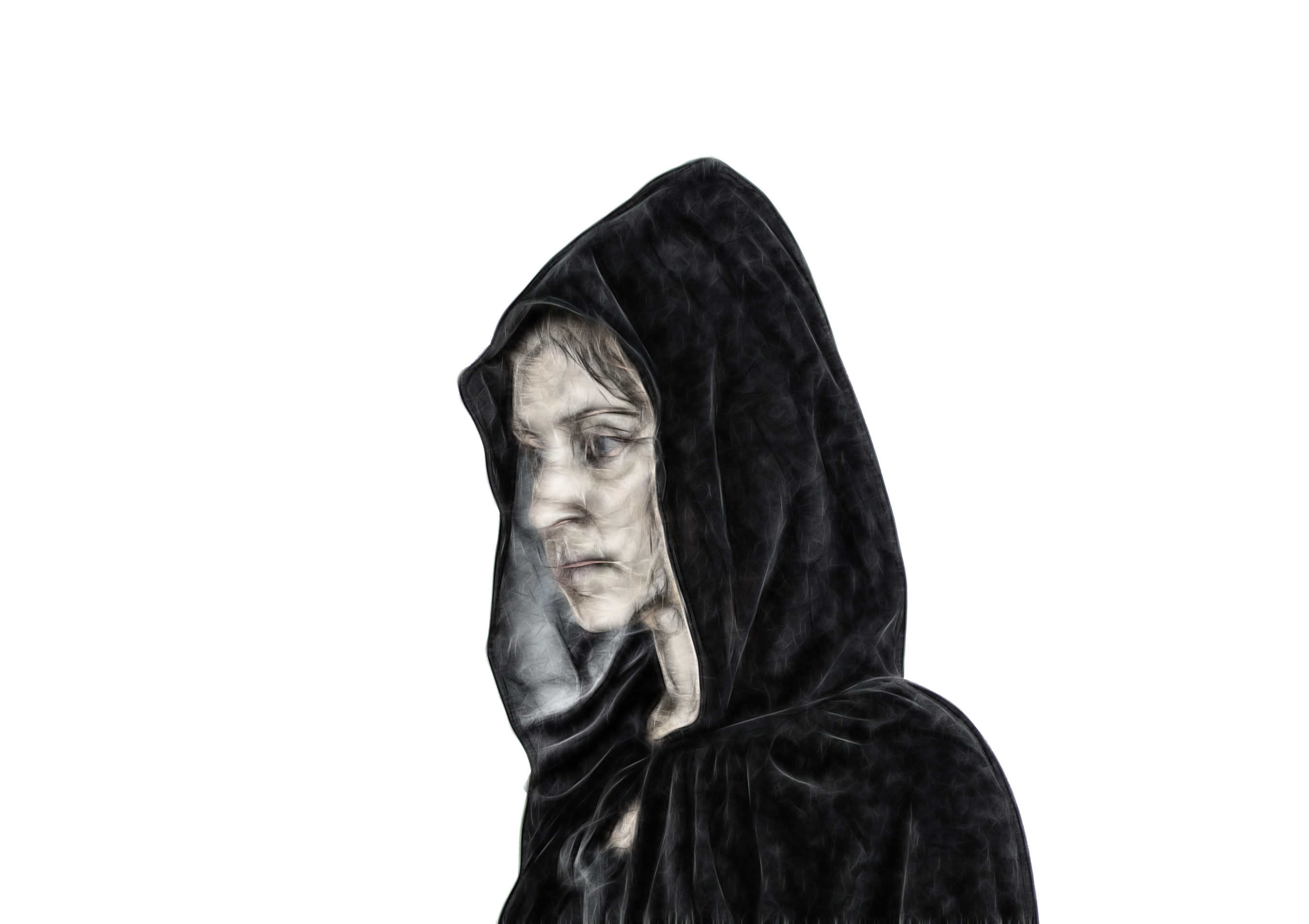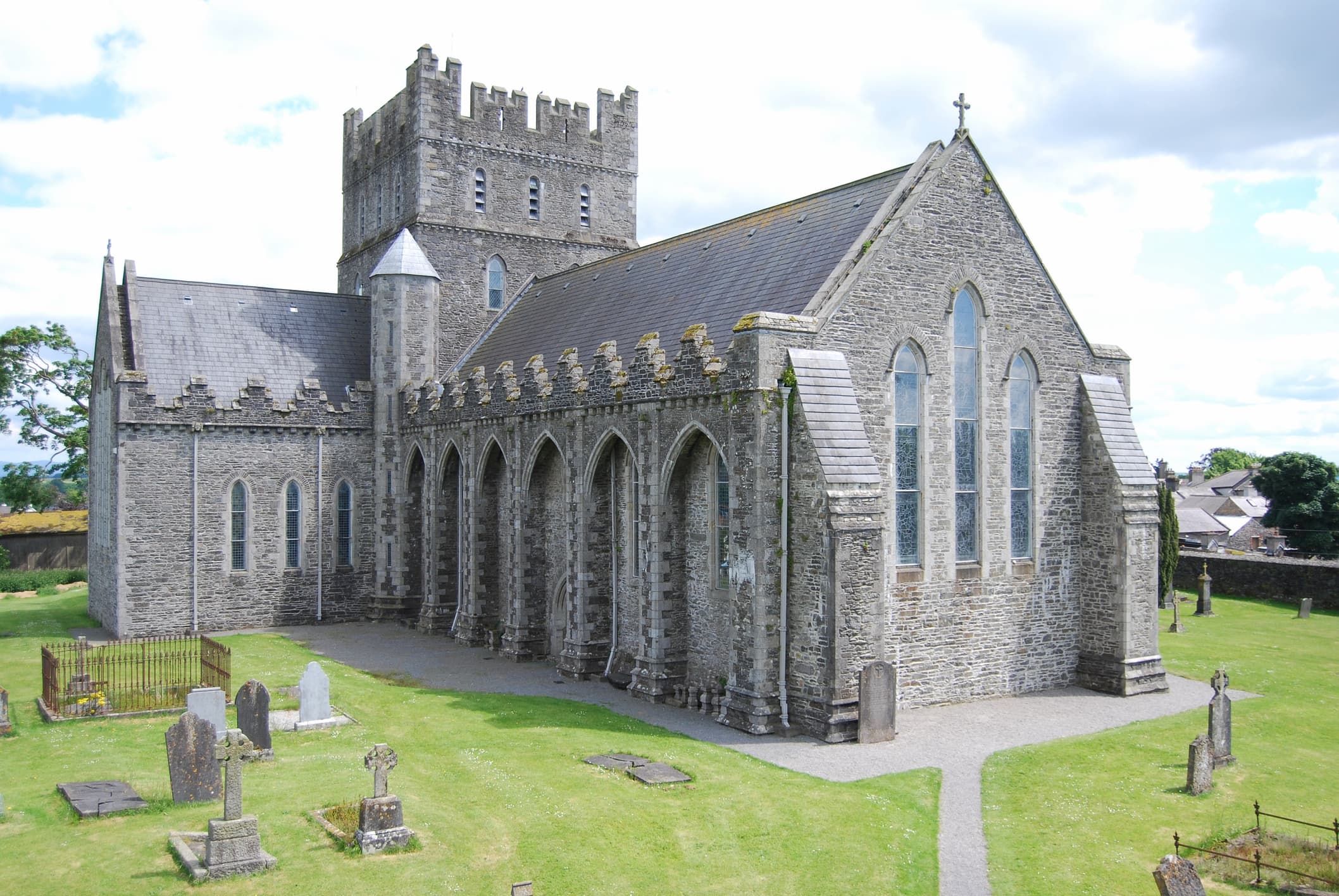Success
The History Behind St. Brigid's Day or Imbolc
With the 1st of February — also known as Imbolc or St. Brigid's Day — set to become a bank holiday from next year onwards, we decided to look into the history behind this date, which has been celebrated in Celtic and Christian calendars since time immemorial.
Imbolc - what is it?
Like our current seasonal calendar, the Celtic calendar was comprised of four seasons: Imbolc, Bealtaine, Lughnasa and Samhain.
Historically, Imbolc marked the first day of spring for Irish pagans. February 1st was significant because it signalled the end of stormy, dark, wintery nights and the beginning of brighter, warmer days.
Brigid the goddess
Brigid was a pagan goddess associated with healing, poetry and blacksmithing, among others. She features in pre-Christian Irish mythology as the daughter of The Dagda, a pagan god who had great power and who possessed control over life and death, the weather, and time.
Following the Christianisation of Ireland, the first day of Imbolc became the feast day of St. Brigid.
Cailleach
The Cailleach is another pagan goddess with ties to Imbolc. The Cailleach has mythical powers and rules over the winter months. From November 1st to the 1st of May, she wields her powers and staves off good weather.

As the legend goes, the first of February is important in determining whether or not the Cailleach's reign over the land will continue until the summer months. If she wishes to make the winter last longer, she brings fair weather on February 1st to allow her to replenish her supply of firewood. That's why it's believed that if the weather is bad on February 1st, the Cailleach is still sleeping and will soon run out of firewood, signifying an end to the winter season.
Who was St. Brigid?
In Ireland, the first of February has been synonymous with St. Brigid for centuries.
St. Brigid of Kildare is the patroness saint of Ireland who is believed to have lived from the year 451 to 525. She was an abbess or mother superior of a number of convents which she founded during her lifetime. Very little is known about her life but many will be familiar with the legend of how she came to acquire the land for her Kildare monastery.

Kildare Cathedral is believed to have been built on the ancient site of St. Brigid's abbey
In short, St. Brigid convinced the King of Leinster to relinquish as much land as her cloak could cover. Seeing her small cloak, the king granted her request. Friends of St. Brigid then each grabbed an edge of the cloak and the king watched in awe as they walked North, East, South and West, stretching the cloak across a huge distance. Having witnessed this miracle, the king stayed true to his word and granted her the land.
Ancient St. Brigid's Day Traditions
The 20th century saw the demise of most Imbolc/St. Brigids Day traditions, but here are some of the ways that it used to be celebrated in Ireland:
The making of St. Brigid's Crosses - these were traditionally made and hung on St. Brigid's day eve when it was believed that she travelled across the land and blessed the homes where crosses had been displayed.
St. Brigids Bed - in some parts of the country, people would make beds from rushes, inviting the travelling St. Brigid to rest there on the night of January the 31st.
A celebratory meal - families would celebrate the beginning of spring with a hearty meal, made up of a 'supper of potatoes and freshly churned butter.' This might be accompanied by fresh apple cakes, barmbrack, and tea.
More on those traditions here: https://www.museum.ie/St-Brigids-Day
Of these, the making of St. Brigid's crosses is the most common tradition still practised in Ireland today. Here's a video on how to make one from home:
Sources: https://en.wikipedia.org/wiki/Brigid_of_Kildare, https://www.museum.ie/en-IE/News/St-Brigids-Day, https://www.history.com/topics/holidays/imbolc.